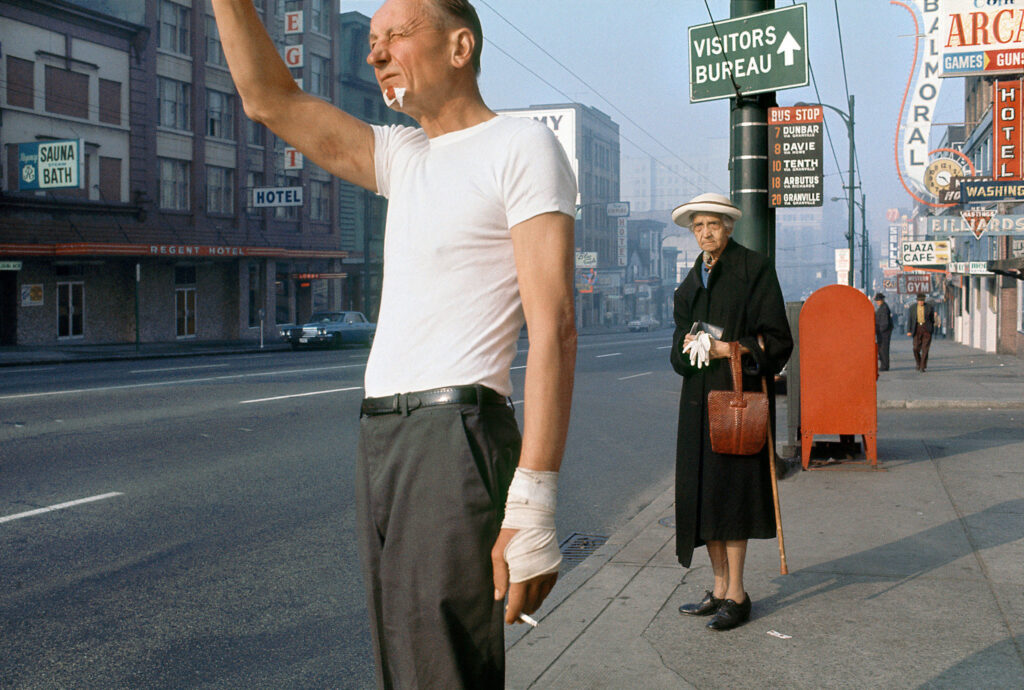Street Photographers Fundamentals Explained
Table of ContentsStreet Photographers - QuestionsThe Ultimate Guide To Street PhotographersThe Ultimate Guide To Street PhotographersGetting My Street Photographers To WorkFacts About Street Photographers Uncovered
, a genre of digital photography that documents everyday life in a public area. The actual publicness of the setting makes it possible for the photographer to take honest images of unfamiliar people, often without their expertise. Street photographers do not always have a social function in mind, yet they choose to isolate and catch minutes which may otherwise go unnoticed.He was affected by many of those that affected the street digital photographers of the 1950s and '60s, he was not mainly interested in capturing the spirit of the road. The impulse to aesthetically document people in public started with 19th-century painters such as Edgar Degas, douard Manet, and Henri de Toulouse-Lautrec, that worked side by side with professional photographers trying to capture the essence of city life.

Offered the great top quality of his photographs and the breadth of material, designers and artists usually bought Atget's prints to use as reference for their own job, though business passions were barely his main motivation. Instead, he was driven to photograph every last remnant of the Paris he loved. The mingled enthusiasm and seriousness of his objective luster through, leading to pictures that tell his very own experience of the city, top qualities that prepared for road digital photography of the 20th century.
6 Easy Facts About Street Photographers Explained
They disclose the city with his eyes. His work and basic understanding of digital photography as an art type functioned as ideas to generations of digital photographers that complied with. The next generation of road photographers, though they likely did not describe more themselves therefore, was ushered in by the photojournalism of Hungarian-born digital photographer Andr Kertsz.
Unlike his peers, Brassa utilized a larger-format Voigtlnder electronic camera with a longer direct exposure time, compeling him to be much more computed and thoughtful in his technique than he might have been if utilizing a Leica.
Cartier-Bresson was a champ of the Leica video camera and among the very first photographers to optimize its abilities. The Leica permitted the professional photographer to connect with the surroundings and to catch minutes as they happened - Street Photographers. Its relatively little dimension additionally aided the photographer fade right into the history, which was Cartier-Bresson's recommended approach
Getting My Street Photographers To Work
It is since of this essential understanding of the art of image taking that he is typically attributed with finding the medium around once again roughly a century given that its invention. He took pictures for greater than a half century and affected visit homepage generations of photographers to trust their eye and instinct in the moment.
These are the questions I shall attempt to address: And then I'll leave you with my own definition of street digital photography. Yes, we do. Let's start with specifying what an interpretation is: According to it is: "The act of specifying, or of making something precise, distinct, or clear".
No, most definitely not. The term is both restricting and misinforming. Appears like a street photography must be pictures of a streets right?! And all street professional photographers, with the exception of a little number of outright newbies, will fully value that a road is not the essential component to road photography, and in fact if it's a photo of a road with perhaps a couple of dull individuals doing absolutely nothing of interest, that's not street photography that's a snapshot of a street.
He makes a legitimate point do not you believe? While I agree with him I'm not sure "honest public photography" will capture on (although I do kind of like the term "honest photography") since "road photography" has actually been around for a lengthy time, with many masters' names connected to it, so I think the term is below to stay.
What Does Street Photographers Do?
You can shoot at the coastline, at a festival, in a street, in a park, in a piazza, in a cafe, at a museum or art gallery, in a city station, at an event, on a bridge, under a bridge ...
Yes, I'm afraid we scared no choice! Without rules we can not have an interpretation, and without a meaning we do not have a category, and without a genre we don't have anything to specify what we do, and so we are stuck in a "guidelines interpretation category" loophole! - Street Photographers
Not known Facts About Street Photographers
